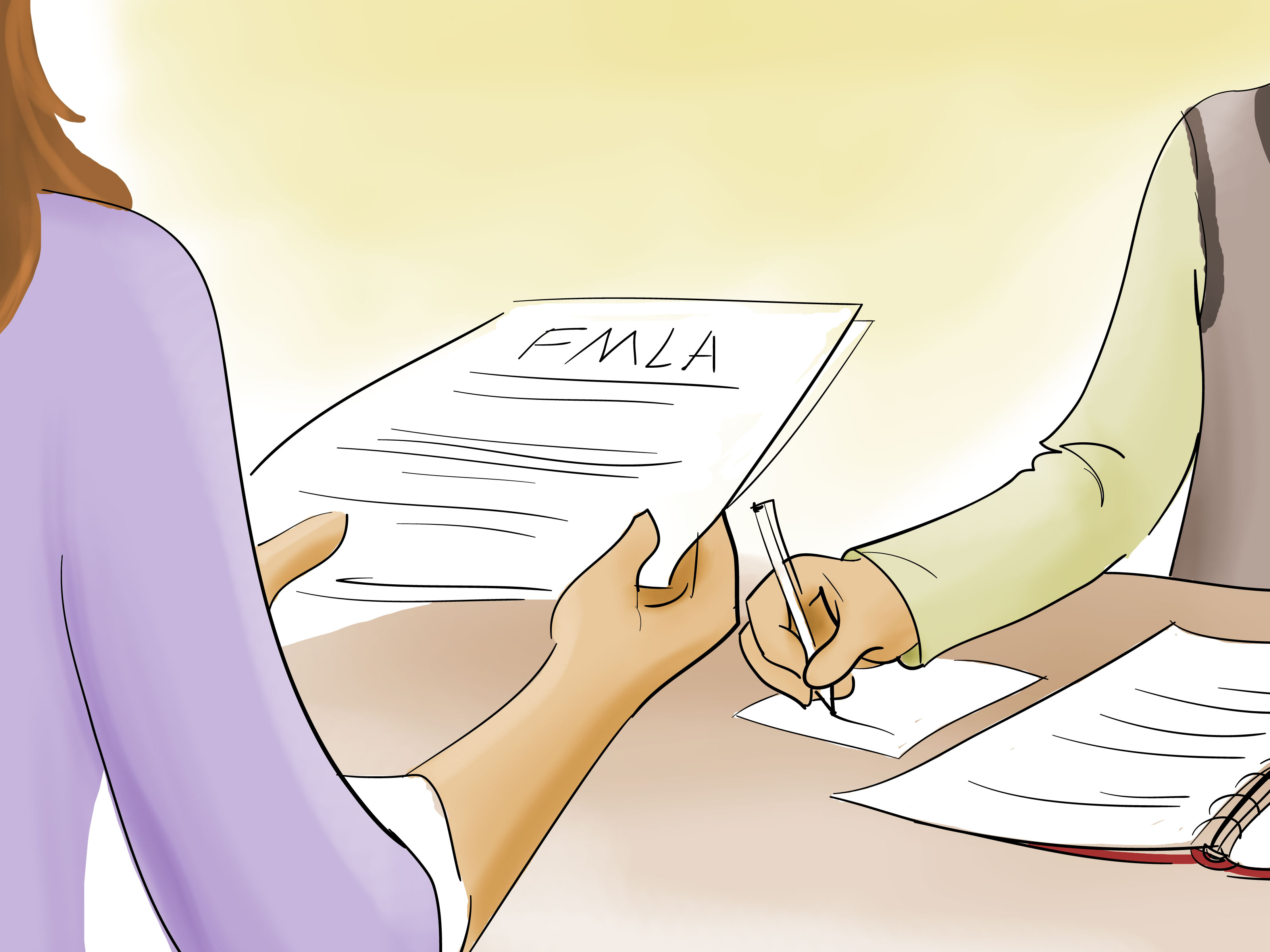5 Essential Steps to Complete FMLA Forms

Navigating the complexities of the Family and Medical Leave Act (FMLA) can be daunting, especially when it comes to the paperwork involved. Whether you're an employee seeking leave or an employer tasked with managing these requests, understanding how to properly complete and submit FMLA forms is crucial. Here are the five essential steps to streamline the process and ensure compliance:
1. Determine FMLA Eligibility


Before diving into the forms, first ascertain if the employee qualifies for FMLA leave. Here are the criteria:
- Employer Size: The employer must have 50 or more employees within 75 miles of the worksite.
- Length of Employment: The employee must have worked for the employer for at least 12 months.
- Hours Worked: The employee must have worked at least 1,250 hours during the 12 months before the leave starts.
2. Understand Different Types of FMLA Leave


FMLA allows for several types of leave, each with its specific conditions:
- Continuous Leave: A single block of time for treatment or recovery.
- Intermittent Leave: Periodic absences from work, such as for ongoing medical treatments.
- Reduced Work Schedule: A change in the employee’s usual work hours due to medical necessity.
Knowing the type of leave helps in selecting the correct forms and understanding the approval process.
3. Complete the FMLA Forms Correctly


The FMLA forms are available from the Department of Labor or from your employer’s HR department. Here’s how to complete them:
- Form WH-380E: Certification of Healthcare Provider for Employee’s Serious Health Condition.
- Form WH-380F: Certification of Healthcare Provider for Family Member’s Serious Health Condition.
- Form WH-381: Designation Notice to inform the employee of FMLA eligibility and leave designation.
- Form WH-382: Notice of Eligibility and Rights & Responsibilities.
✏️ Note: Ensure all information is accurate. Incomplete or incorrect forms can delay the process or result in denied leave requests.
4. Communicate with Employees and Healthcare Providers


Good communication is key to smooth FMLA administration:
- Employees: Keep them updated on forms, deadlines, and the approval process. Provide guidance on where to send the forms.
- Healthcare Providers: Ensure they understand the certification process and what information is required. You might need to ask for clarification or additional documentation.
- HR Department: If you’re an employee, liaise closely with HR for guidance and support throughout the process.
5. Manage Documentation and Compliance


Keeping meticulous records is vital for FMLA compliance:
- Track Time: Keep a record of the employee’s leave to ensure they do not exceed the 12-week limit in a 12-month period.
- Documentation: Maintain copies of all completed FMLA forms and any supporting medical documentation in a secure manner.
- Regulatory Adherence: Ensure all procedures follow FMLA regulations, including job protection and benefit continuation.
📝 Note: Always be aware of state-specific FMLA regulations that might offer additional leave provisions.
By following these steps, both employers and employees can navigate the FMLA process with confidence, ensuring that everyone's rights are respected, and the leave is administered correctly. Ensuring proper completion of FMLA forms not only helps in legal compliance but also fosters a supportive work environment during times of personal or family health challenges.
What if an employee misses the 15-day deadline to return the FMLA medical certification?

+
If an employee misses the deadline, the employer can delay the FMLA leave or potentially deny it if no explanation or extension request is provided. Communication is key; encourage employees to request extensions if needed.
Can an employee apply for both FMLA and short-term disability at the same time?

+
Yes, an employee can apply for both, but they are separate programs with different rules. FMLA ensures job protection, while short-term disability typically provides income replacement during leave due to illness or injury.
How does intermittent FMLA leave work?

+
Intermittent leave allows employees to take leave in separate blocks of time or to reduce their work schedule for a chronic condition or ongoing treatment. Employers and employees must track these intermittent absences carefully.